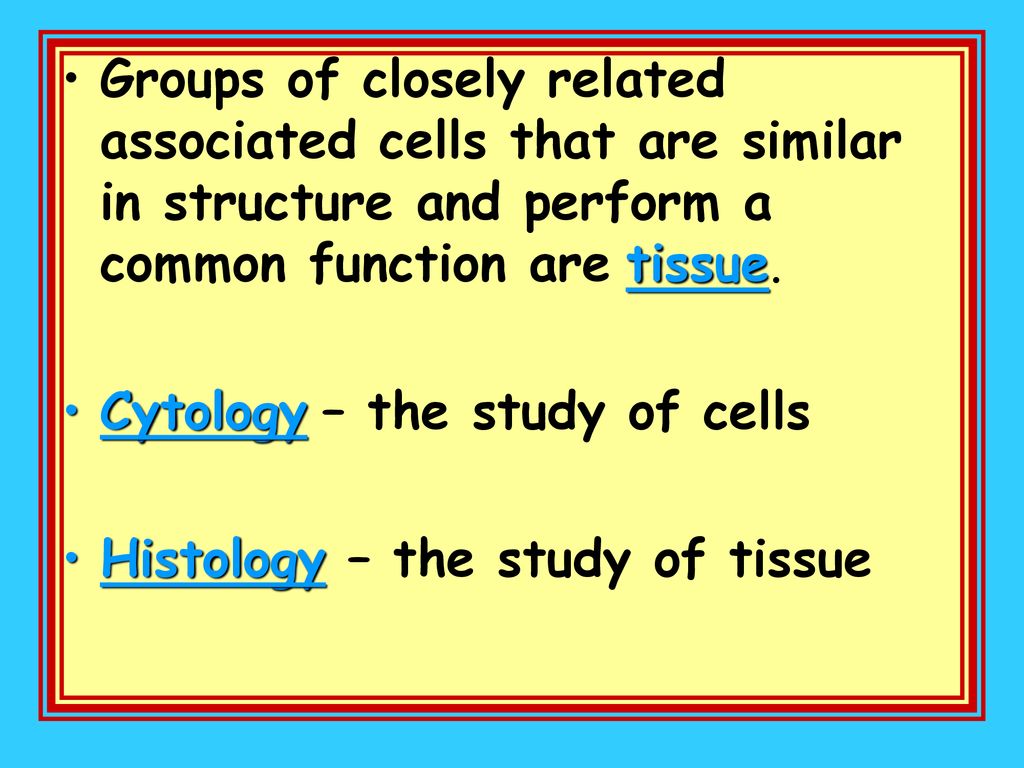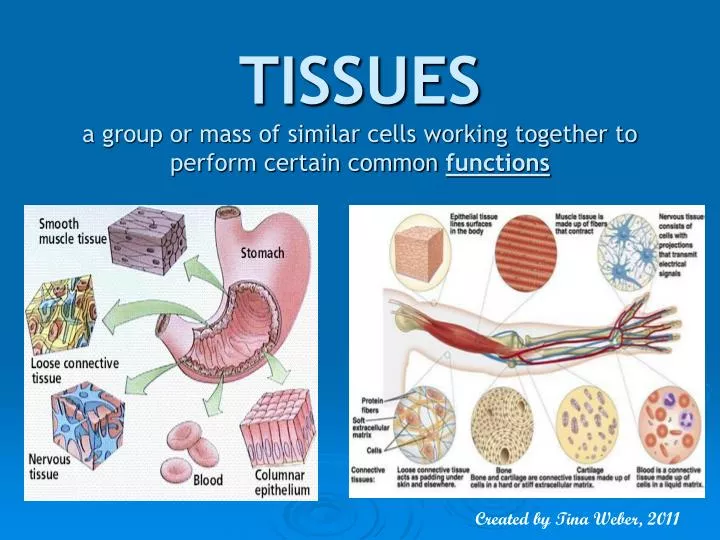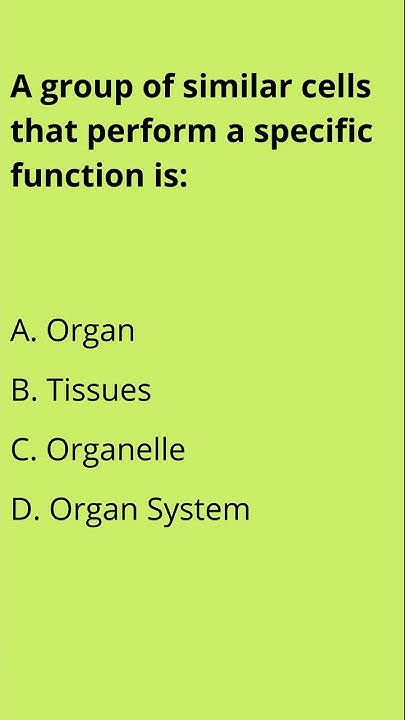Group Of Similar Cells That Perform A Common Function

Urgent reports are emerging from labs worldwide concerning a newly identified systemic failure impacting fundamental biological structures. Tissues, groups of similar cells performing specific functions, are exhibiting unprecedented signs of degradation and functional collapse across diverse species.
This widespread cellular breakdown, now dubbed "Tissue Integrity Event Zero" (TIE-0), threatens the basic architecture of life as we understand it. Investigations are intensifying to pinpoint the cause and develop countermeasures.
The Scale of the Crisis
Initial observations highlighted isolated incidents of tissue dysfunction in common research models. However, a rapid escalation has seen similar patterns emerge in human samples, agricultural livestock, and even wild ecosystems.
Researchers at the University of Geneva first flagged the anomaly, reporting a sudden loss of structural integrity in cultivated muscle tissue. Similar reports followed within days from labs in Harvard University and Tokyo University, affecting a range of tissue types including epithelial, connective, and nervous tissue.
Key Findings
Analysis of affected tissues reveals several consistent characteristics. Primarily, there is a marked decrease in cell adhesion molecules, resulting in cellular detachment and tissue disaggregation. This is being accompanied by an increase in cellular apoptosis.
Furthermore, gene expression profiles indicate a widespread dysregulation of genes involved in maintaining tissue homeostasis. The effect is amplified and cascades through the tissue's environment.
Preliminary data suggest potential links to environmental contaminants, specifically a novel class of persistent organic pollutants (POPs). But more research is crucial to confirm and understand the mechanisms involved.
Human Impact and Affected Areas
The human impact of TIE-0 is currently being assessed. Early reports indicate an elevated risk of organ failure and compromised immune function in exposed populations.
Regions with high concentrations of the suspected POPs are facing the most severe consequences. Areas near industrial centers and agricultural zones are showing a significantly higher incidence of tissue-related ailments.
Hospitals are bracing for a surge in patients presenting with a range of symptoms. These include unexplained fatigue, rapid tissue degeneration, and compromised wound healing.
Global Response and Research Efforts
The World Health Organization (WHO) has declared TIE-0 a global health emergency. A coordinated international research effort is underway to identify the root cause and develop effective treatments.
Leading research institutions are sharing data and resources to accelerate the pace of discovery. Scientists are investigating potential therapeutic interventions, including gene therapy, regenerative medicine, and targeted drug delivery systems.
The Global Tissue Integrity Consortium (GTIC), comprised of researchers from over 50 countries, is spearheading the scientific response. Their focus is on understanding the fundamental mechanisms driving tissue degradation and developing strategies to restore tissue function.
Environmental Monitoring and Mitigation
Alongside medical research, environmental monitoring efforts are being ramped up. Teams are deploying advanced sensors to detect and quantify the suspected POPs in air, water, and soil samples.
Urgent measures are being taken to mitigate the spread of these contaminants. Industrial facilities are facing increased scrutiny. Strict regulations are implemented on the use of certain chemical compounds.
Public awareness campaigns are informing citizens about the risks and precautions they can take to minimize exposure. These measure will protect citizens in affected areas.
Next Steps and Ongoing Developments
The immediate priority is to confirm the link between the suspected POPs and TIE-0. Comprehensive toxicology studies are underway.
Clinical trials are being planned to evaluate the effectiveness of potential therapeutic interventions. These trials will assess methods of intervention of TIE-0.
The GTIC will provide regular updates on the progress of the research and mitigation efforts. Public officials urge people to adhere to all safety guidelines.


















